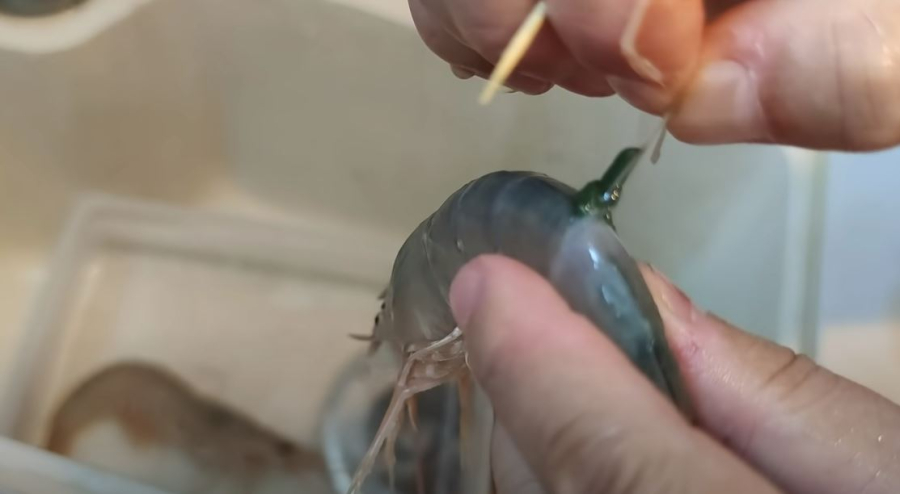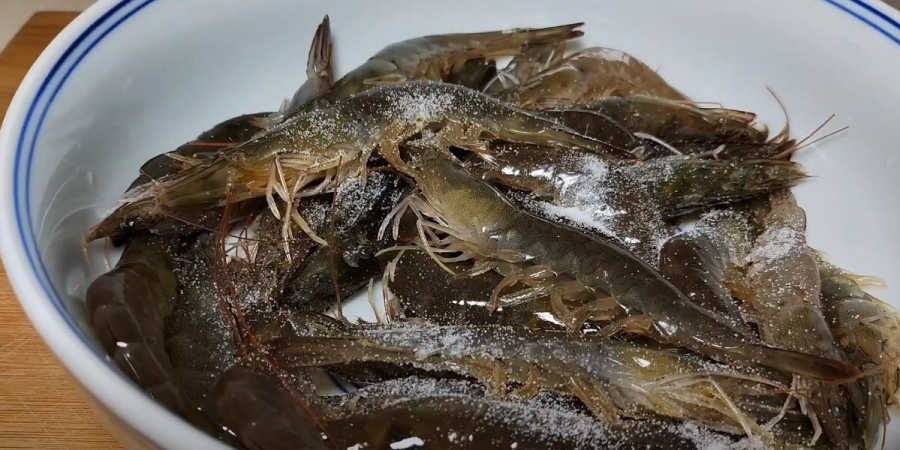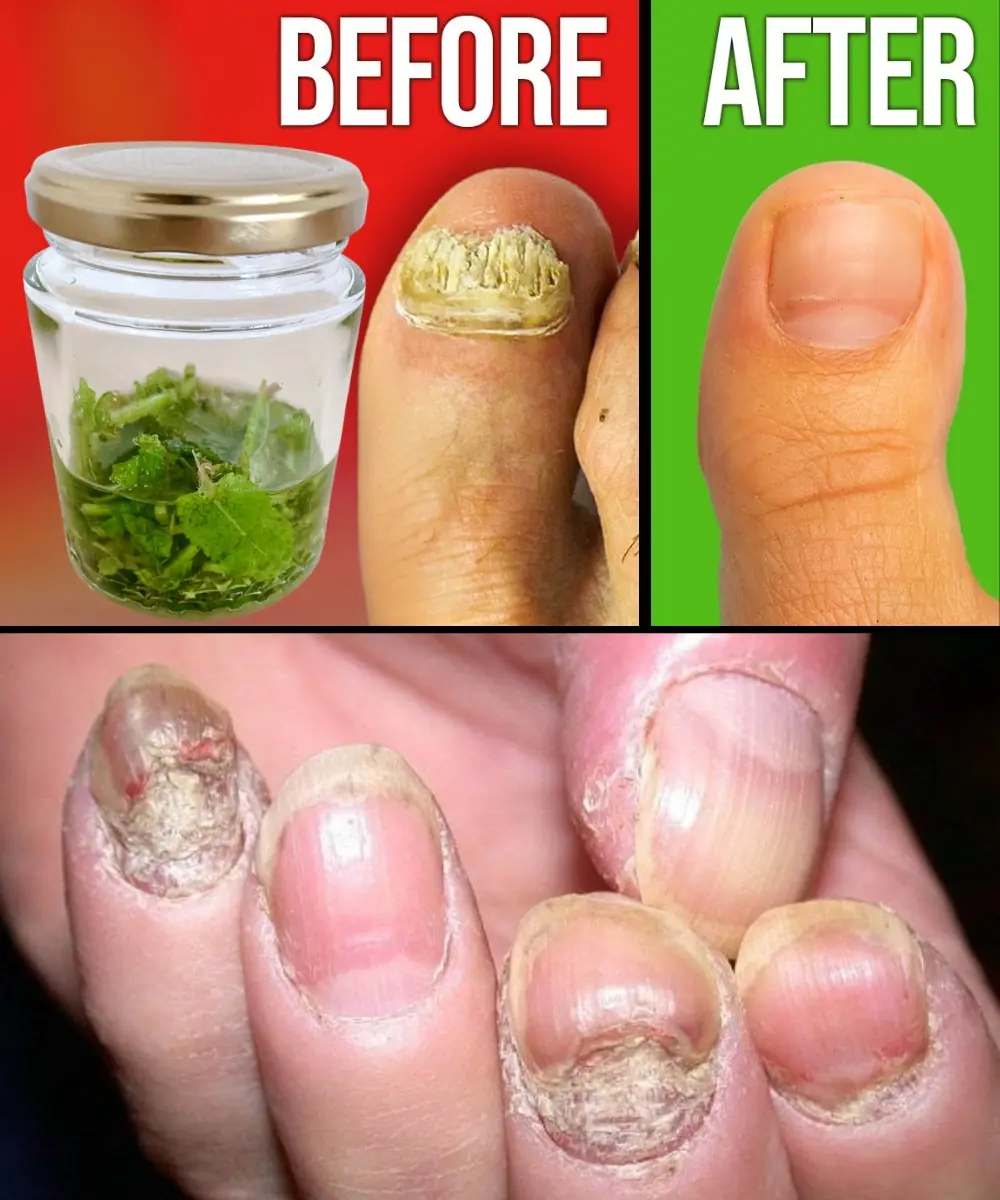
Keep Your Shrimp Fresh This Lunar New Year: Follow These Steps to Keep Shrimp Fresh, Firm, and Delicious for a Whole Month

With just a few simple steps, you can easily preserve shrimp for weeks without worrying about them losing freshness or turning black. This method ensures that your shrimp remain flavorful, firm, and safe to eat even after long-term storage.
1. Choosing Fresh Shrimp
When buying shrimp, always choose ones that are still alive or freshly caught. Fresh shrimp have a transparent, glossy shell, firm body, and tightly attached head and tail. The legs and antennae should be intact, and the head should not show any signs of blackening.
For larger shrimp, lightly press the body with your fingers—it should feel firm and resilient, not soft or mushy. Avoid shrimp with detached heads or legs, as they are often signs of age or improper storage.
💡 Tip: Wild-caught shrimp generally have a cleaner, sweeter taste than farmed shrimp, but both can be delicious if fresh.
2. Cleaning and Preparing the Shrimp
Once you bring the shrimp home, process them immediately to retain their natural flavor. Leaving shrimp out for too long at room temperature can cause bacterial growth and spoilage.
For small shrimp, simply trim the long antennae for easier storage and cleaner handling.
For larger shrimp, use scissors to cut diagonally across the head to remove the digestive tract and devein the shrimp by pulling out the black line along its back. Alternatively, you can make a small slit along the back and remove the vein using a toothpick or the tip of a knife.
Removing the waste sac and digestive vein is essential for long-term preservation. These parts contain bacteria and digestive enzymes that can continue breaking down the shrimp’s tissue even after freezing. This process often causes the head to turn black and creates an unpleasant smell when thawed.
After cleaning, rinse the shrimp in cold water, drain well, and pat dry with paper towels to remove any excess moisture. Moisture is the main cause of freezer burn and texture loss.
3. Marinating Before Freezing
Before freezing, give your shrimp a quick “protective coat” to help maintain quality.
Mix the shrimp with a little cold beer or white wine and a small spoon of sugar. Stir gently to coat all the shrimp evenly.
-
Beer or white wine helps eliminate the fishy smell and lightly disinfects the shrimp thanks to their alcohol content.
-
Sugar helps retain moisture inside the shrimp, keeping the meat tender, sweet, and juicy even after freezing. It also prevents the shrimp from sticking together during deep freeze.
🧊 Extra tip: You can also add a few slices of ginger or a pinch of salt if you want to enhance the flavor and deodorize the shrimp further.
4. Packing and Freezing
Divide the shrimp into small portions, enough for one meal each. Place them into airtight containers or food-grade freezer bags. If using bags, press out as much air as possible before sealing.
Storing shrimp in smaller portions prevents you from having to thaw the entire batch when cooking—this way, you only defrost what you need, reducing waste and keeping the rest frozen safely.
If you have a vacuum sealer, use it to remove air completely; this will extend the storage time up to 4–6 weeks without affecting texture or flavor.
5. Thawing and Using the Shrimp
When ready to cook, transfer the shrimp from the freezer to the refrigerator several hours before cooking, or leave them overnight to thaw slowly. Gradual thawing helps the shrimp retain their firm texture and natural sweetness.
Avoid soaking frozen shrimp directly in hot water, as this will make the meat mushy and cause the natural sweetness to fade.
Once thawed, cook the shrimp immediately. You can steam, grill, or stir-fry them—thanks to this preservation method, they’ll taste almost as fresh as the day you bought them.
6. Final Tips
-
Always label your containers with the date of freezing to keep track of freshness.
-
Do not refreeze shrimp once thawed—it will degrade the texture and flavor.
-
If you notice a strong ammonia smell or sticky surface, discard the shrimp immediately.
By following these simple yet effective steps, your shrimp will stay fresh, firm, and flavorful for up to a month. Perfect for the busy days leading up to Tết, when you want to prepare ingredients in advance without sacrificing taste or quality.
News in the same category


Don’t Throw Away Leftover Tea! Overnight Tea Water Has Many Surprising Uses Around the House

Burn a Few Garlic Bulbs in the House — The Incredible Benefits Every Family Will Want to Try

Homegrown Tomatoes Ripening Naturally? Try These 5 Preservation Methods to Enjoy Them All Year Without Spending a Dime at the Market

Stop This Dangerous Habit Before Your Phone Explodes!

Objects That May Be Harming Your Health Without You Noticing

Household Items That Quickly Get Damaged If You Clean Them with Dish Soap

You are doing it all wrong. Here's the right way to eat eggs

My nana taught me this hack to get rid of puffy eyes in 2 mins with 0 work. Here’s how it works

How to Grow Papaya in Pots: Heavy Harvests of Big, Sweet Fruit

Save Millions of Dong in Electricity Bills Each Year by Cleaning This Hidden Part of Your Rice Cooker

4 Ways to Cook Chicken Without Using Water

Today I Learned How to Use the Detergent Drawer on a Washing Machine—No Wonder My Clothes Weren’t Getting Fully Clean

My nana taught me this hack to get rid of grill gunk in 4 mins with 0 work. Here’s how it works

Most do this wrong: 10 things you're over-washing

Pillow filling turns yellow with tiny mold spots that soap can't remove: Soak it in this and even heavy dirt will come out spotless

Put the stone into the rice cooker: The rice becomes delicious and sticky, stays good for a long time without turning red.

Natural substances in honey when consumed in the morning help detoxify the body and are effective for weight loss.

Boil bananas for a week and eat them before meals, and something surprising will happen.
News Post

Orange & Ginger Cleanse Juice for Kidneys, Lungs & Liver

Thyme: The Natural Remedy for a Variety of Health Problems

Red Onion for Instant Blood Sugar Drop: A Kitchen Secret Few Know

Discover the Secret of “Rompe Fungus”: Naturally Restore Healthy Nails!

What makes a man leave his wife for another woman

How to Hold and Handle an Urn with Ashes: 3 Things You Should Always Remember

Can You Spot The Problem With This Picture

You are doing it all wrong. Here’s the right way to clean your microwave

Here’s How to Go to Sleep Fast (in Under 1 Minute)

Top 7 peripheral neuropathy creams that actually STOP nerve pain fast!

14 hidden causes of tingling feet (and what to do)

9,000 Mysterious Underwater Objects Detected Along US Coastlines Spark Navy Alarm

Don’t Throw Away Leftover Tea! Overnight Tea Water Has Many Surprising Uses Around the House

Burn a Few Garlic Bulbs in the House — The Incredible Benefits Every Family Will Want to Try

Homegrown Tomatoes Ripening Naturally? Try These 5 Preservation Methods to Enjoy Them All Year Without Spending a Dime at the Market

Rock Star’s Family Devastated As Common Symptom Leads To ER Visit And Aggressive Cancer Diagnosis

Tammy Slaton Shocks Fans With Stunning Weight Loss Photos—Inside Her Transformation

Doctors Feared Baby Had a Mouth Tumor—But the Real Cause Left Everyone Stunned
